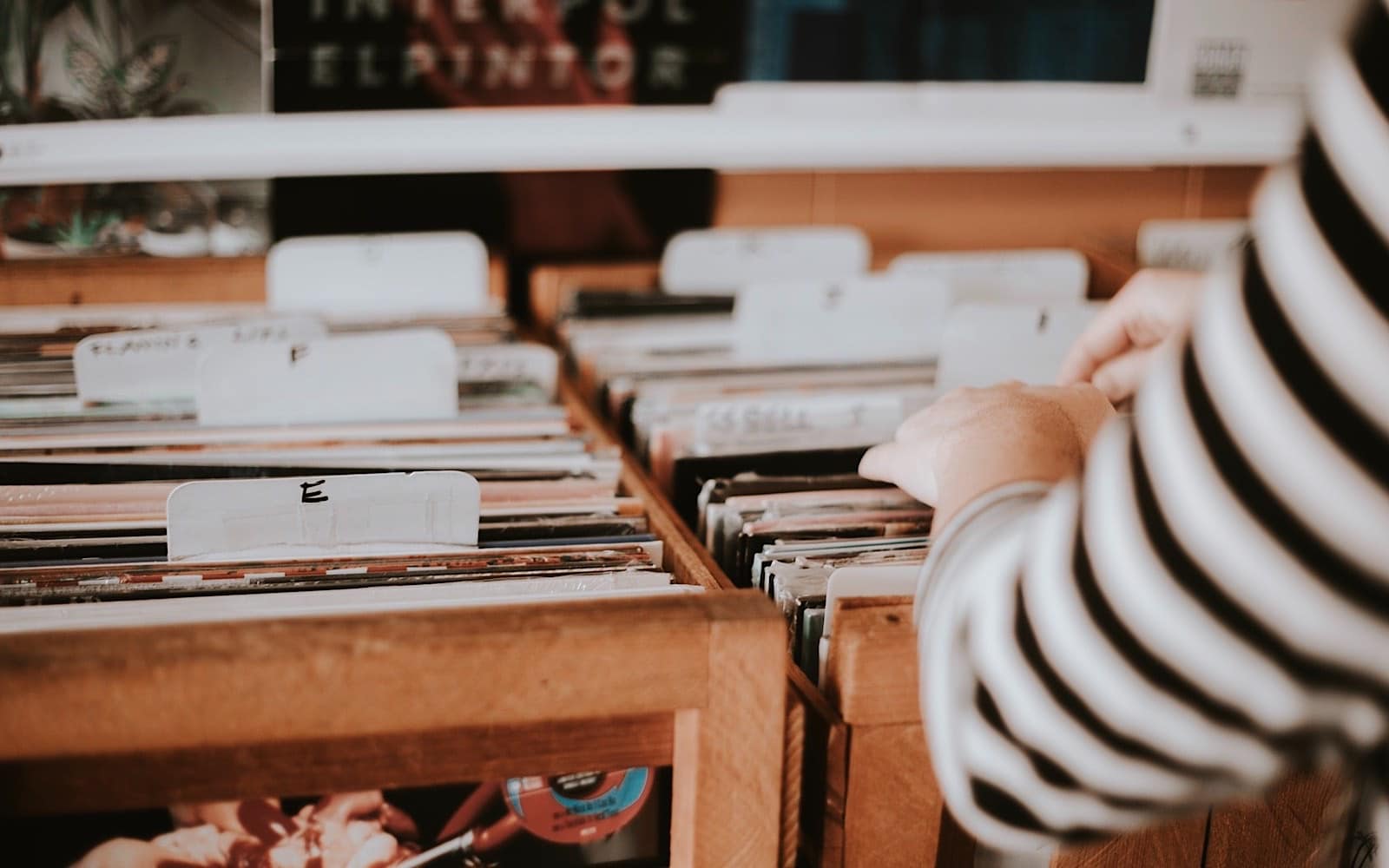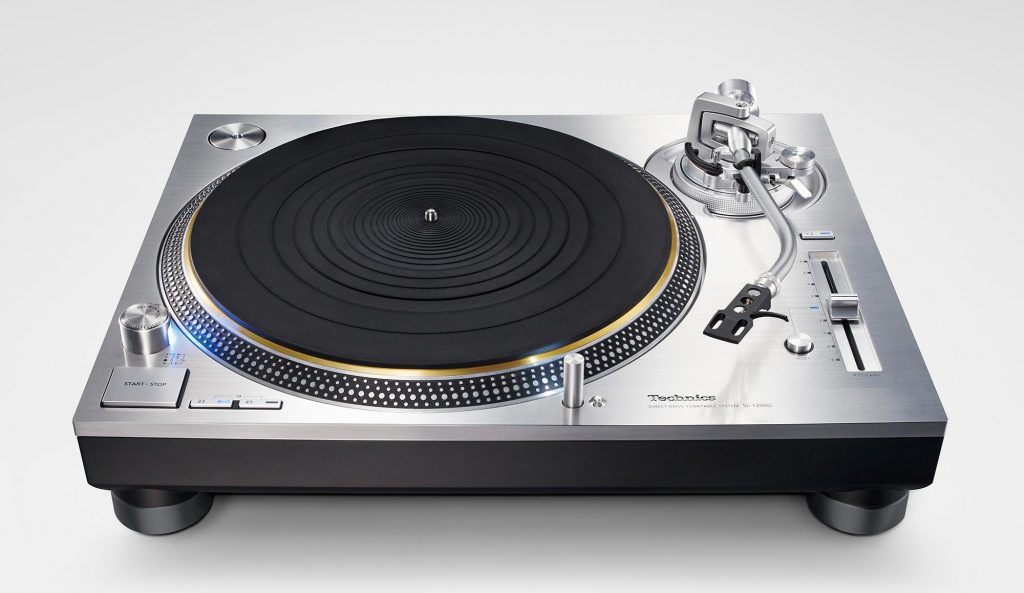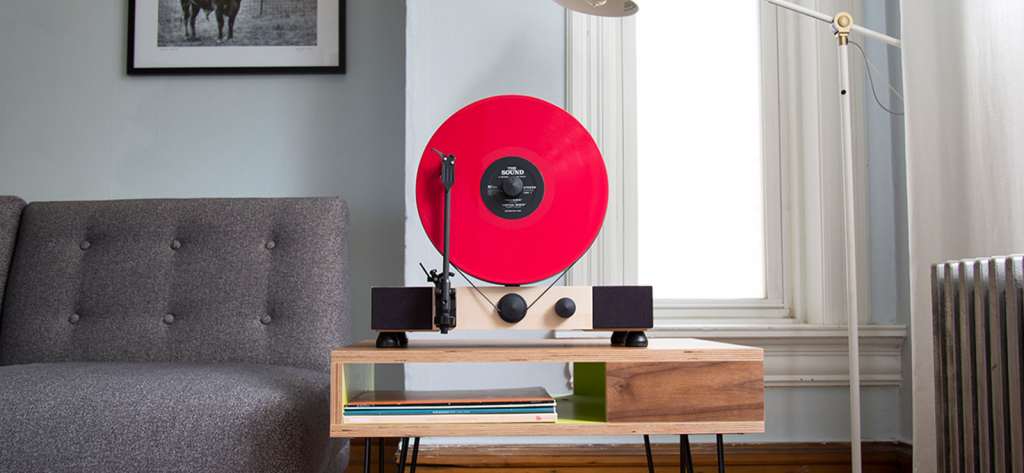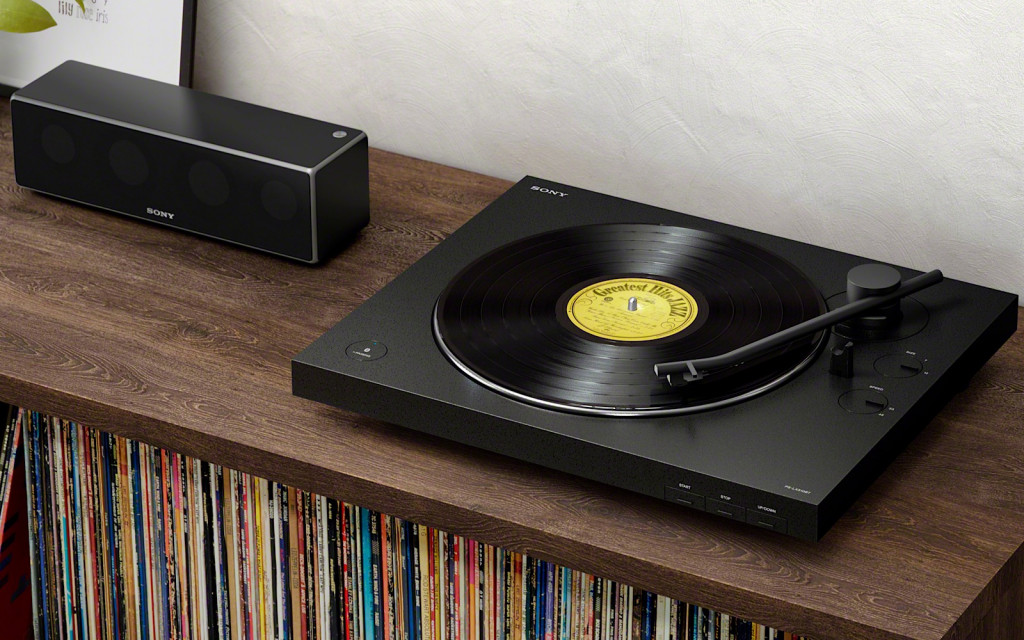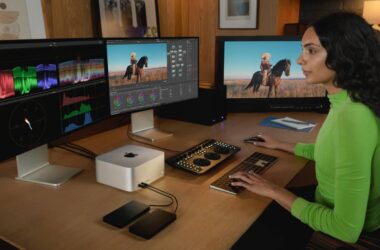April 23 is World Record Store Day, and whether you’re masking up and heading to a local shop to listen to some classic records or looking online, it’s time to load up some vinyl.
The end of April may begin to herald the colder months for much of Australia, but it also holds a day where you can remind yourself of a love for vinyl, and the sound the medium holds for your tunes.
This year, Saturday April 23 is World Record Store Day, and while that might be a day to gather round your local record store and listen to some plastic classics, it’s also a time when you can dig up your own classics and just chill out to some tunes.
To do that, you might dig out the old media and gather round your own record player, or even finding one to show your kids what used to exist before music was available on every device for everyone to consume.
Grab a record player
At one point in time, listening to music was very different, and was something you might do in a collective. While we’re all so reliant on headphones these days plugged into phones and computers for our own personal sound, well before that, things were different. You needed a device specifically for vinyl, and you still kind of do.
Much like how compact discs (CDs) require a CD player and a Mini Disc requires a Mini Disc player, records need a record player. In short, these use needles to pick up on vibrations and relay these into electrical signals, heard back as sound through a speaker. The grooves are the important part of the record where all the sound data is held, and without the record player to drive them, you’re not getting sound out of a record.
Record players come in lots of styles, ranging from simple cheap portable gadgets that can have low quality needles to very expensive devices built for DJs to cue or even folks to just listen.
You can spend as little as a hundred for a cheapie or well into the thousands, but if you’re going to play any vinyl, you definitely need a record player, so grab one, and then it’s time to find some music.
Find some tunes
Finding vinyl is fairly easy, be it at a physical record store, your local electronics shop, or even online stores and eBay being obvious places to turn to.
But there are other places you might be thinking of. Parents, for instance.
If your folks are around, you may be able to scour a box, cupboard, or bookshelf looking for old vinyl, finding remnants of the styles of music they used to listen to stored within the grooves of vinyl. Some of these examples mightn’t be in the best condition, but others could be totally ready for playback, and may even hold clues to the sort of tunes you listened to when you were younger, too, back before the age of CD and digital.
Get vinyl playing around the home
Once you have records and a record player, it might be time to get it playing around the house.
If you have yourself a speaker or amplifier with phonograph connection, you can plug right in and play those tunes.
Alternatively, if you have a multiroom system such as a Sonos speaker system, you may be able to use an input jack on one of those gadgets and send sound around. Owners of a Sonos Five or Sonos Port will find a way to convert their tunes to the signal a Sonos needs — a line-in, basically — and with that, you can make records play in more places than just at the record player.
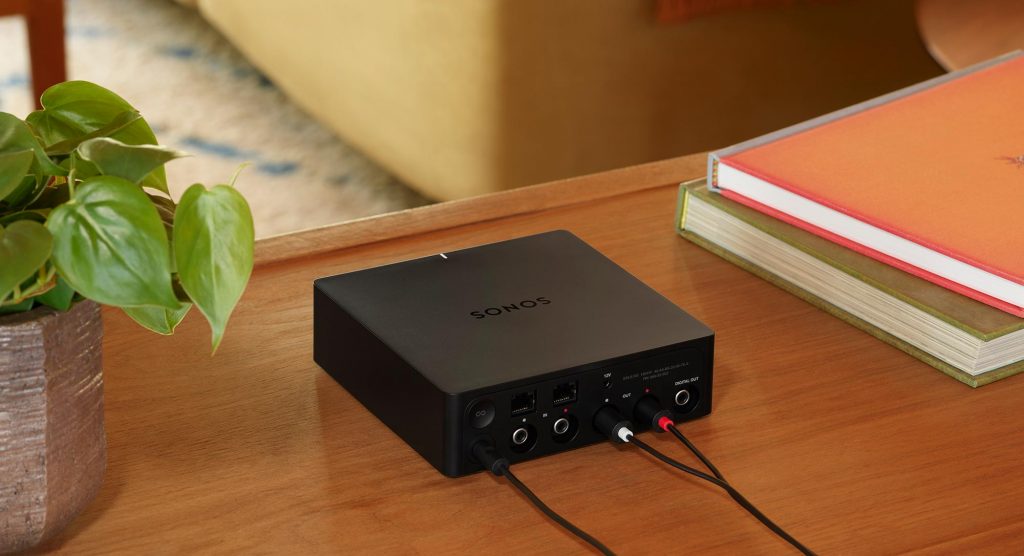
Turn old vinyl to digital
If your record player has a 3.5mm line out or a USB connection like some of the newer modern alternatives, you might want to convert those classics into something to play on your phone or computer for later.
Records are great to listen to, and deliver a warm crackling sound, but they’re not always the go-to experience for tunes. Most of us will rely on digital sources, and that’s not something vinyl typically accommodates.
While you can get digital vinyl by finding high-res audio, be it downloaded or streamed, converting classic vinyl records to digital not only grants you the ability to listen to those records whenever, but may also provide digital versions of songs and albums you can’t find anywhere.
Some albums were only made on vinyl, and have largely been lost to the catalogues, while others mightn’t be found on Australian streaming services due to differences in rights and catalogues internationally.


